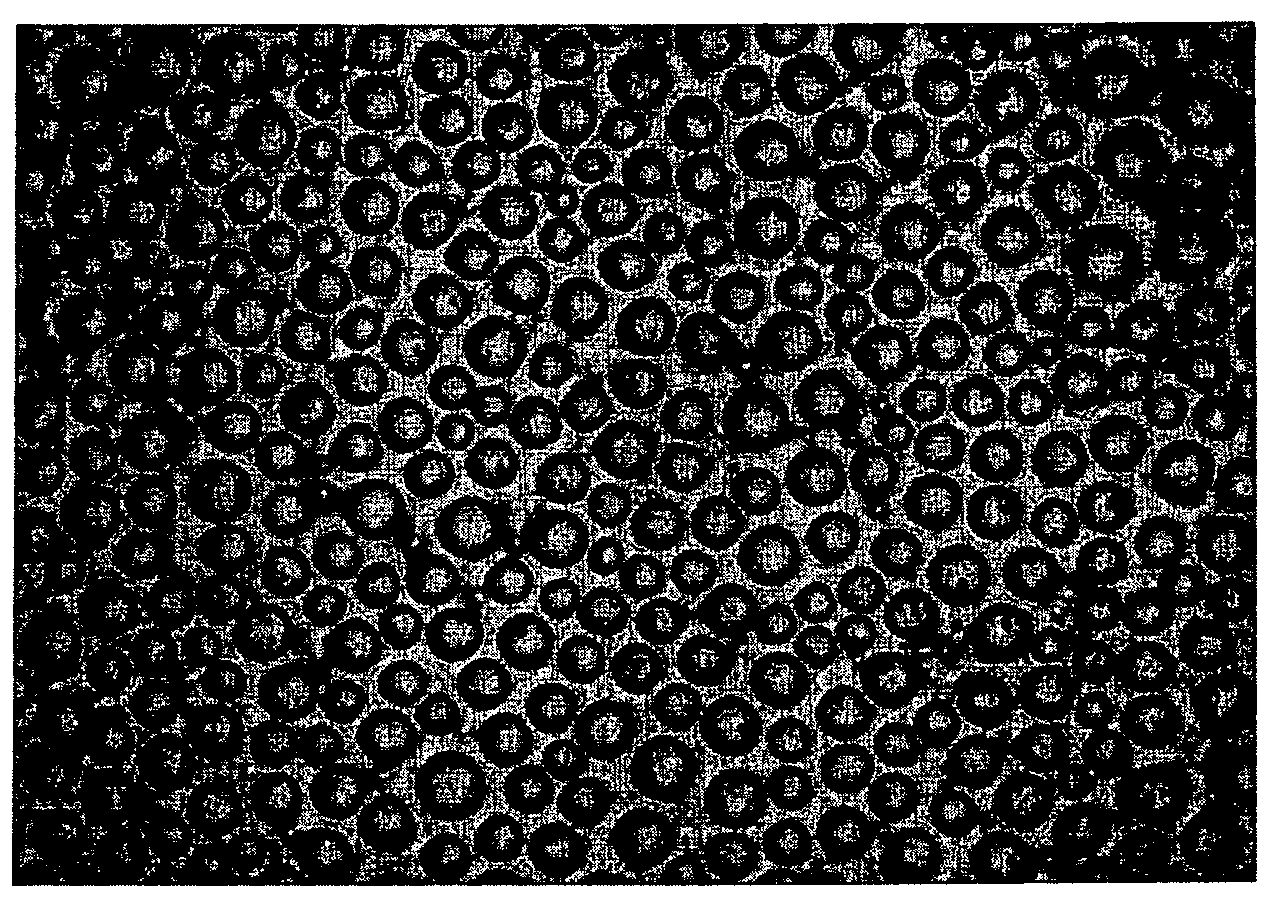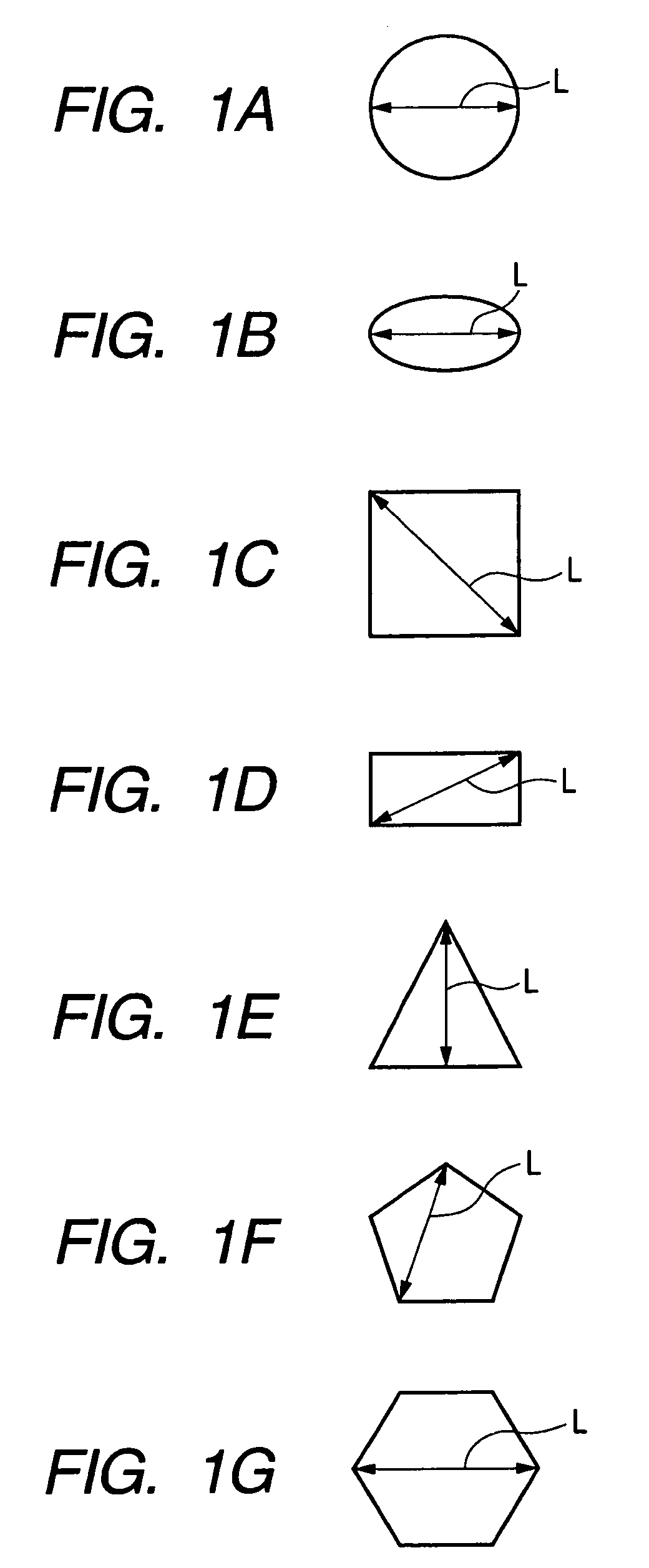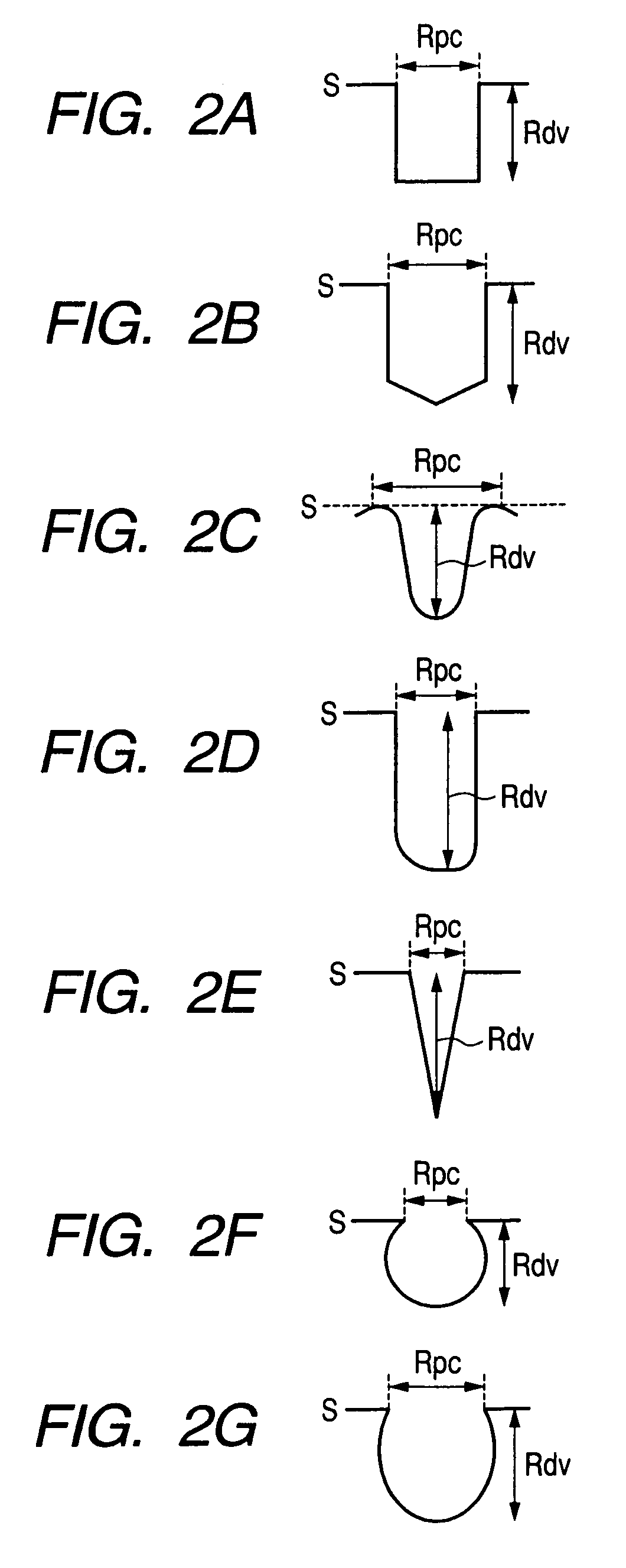Electrophotographic photosensitive member, process cartridge and electrophotographic apparatus
a photosensitive member and electrophotography technology, applied in the field of electrophotography photosensitive member and process cartridge, can solve the problems of degrading the characteristics of the electrophotographic photosensitive member, affecting the cleaning performance of the surface, etc., to achieve excellent surface smoothness, suppress blade chattering and blade turn-up, and improve cleaning performance
- Summary
- Abstract
- Description
- Claims
- Application Information
AI Technical Summary
Benefits of technology
Problems solved by technology
Method used
Image
Examples
synthesis example 1
[0154]To 500 ml of a 10% aqueous sodium hydroxide solution, 120 g of bisphenol represented by (2-13) was added and dissolved. To the solution, ml of dichloromethane was added and stirred. While maintaining the temperature of the resultant solution at 10 to 15° C., 100 g of phosgene was blown into the solution for one hour. When about 70% of the phosgene was blown in, 10 g of a siloxane compound which is represented by (4-1) and has an average value of structural repeat unit number (m) of 20 and 20 g of a siloxane compound which is represented by (5-1) and has an average value of structural repeat unit number (n) of 20 were added to the solution. After completion of phosgene introduction, the reaction solution was vigorously stirred to emulsify it. To this, 0.2 ml of triethylamine was added and stirred for one hour. Thereafter, a dichloromethan phase was neutralized with phosphoric acid and repeatedly washed with water until the pH of the phase reached about 7. Subsequently, the liqu...
synthesis example 2
[0158]Synthesis was performed in the same manner as in Synthetic Example 1 except that 25 g of a siloxane compound which is represented by Formula (4-1) and has an average value of structural repeat unit number (m) of 40 and 55 g of a siloxane compound which is represented by Formula (5-1) and has an average value of structural repeat unit number (n) of 40 were used. In this manner, a polycarbonate polymer to be used in the present invention was obtained. The viscosity average molecular weight (Mv) was about 20,600. The ratio of average values of structural repeat unit number of the polycarbonate polymer, m:n was about 40:40. The constitutional ratio (by mass) of the siloxane moiety was about 40.0%, and the polycarbonate resin has a structure in which polysiloxane moieties are present at both ends thereof and a siloxane moiety was also polymerized to the main chain of the polycarbonate resin. The facts were confirmed by infrared absorption spectrum and 1H-NMR. The amount of residual...
synthesis example 3
[0159]In a reaction container equipped with a stirrer, 90 g of bisphenol represented by Formula (2-2), 0.82 g of p-tert-butylphenol, 33.9 of sodium hydroxide and 0.82 g of tri-n-butylbenzylammonium chloride serving as a polymerization catalyst were placed and dissolved in 2,720 ml of water (water phase). To 500 ml of methylene chloride, 4 g of a siloxane compound (average value of structural repeat unit number m=40) represented by Formula (4-1) and 8 g of a siloxane compound (average value of structural repeat unit number n=40) represented by Formula (5-1) were dissolved (organic phase 1). Separately, to 1,500 ml of methylene chloride, 74.8 of a terephthalic acid chloride / isophthalic acid chloride (1:1) mixture was added and dissolved (organic phase 2). First, organic phase 1 was added to the water phase previously prepared while vigorously stirring. Next, organic phase 2 was added and a polymerization reaction was performed at 20° C. for 3 hours. Thereafter, 15 ml of acetic acid wa...
PUM
| Property | Measurement | Unit |
|---|---|---|
| depth | aaaaa | aaaaa |
| depth | aaaaa | aaaaa |
| depth | aaaaa | aaaaa |
Abstract
Description
Claims
Application Information
 Login to View More
Login to View More - R&D
- Intellectual Property
- Life Sciences
- Materials
- Tech Scout
- Unparalleled Data Quality
- Higher Quality Content
- 60% Fewer Hallucinations
Browse by: Latest US Patents, China's latest patents, Technical Efficacy Thesaurus, Application Domain, Technology Topic, Popular Technical Reports.
© 2025 PatSnap. All rights reserved.Legal|Privacy policy|Modern Slavery Act Transparency Statement|Sitemap|About US| Contact US: help@patsnap.com



